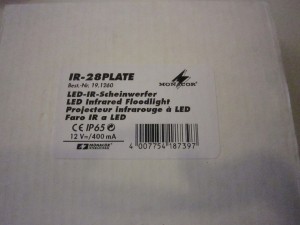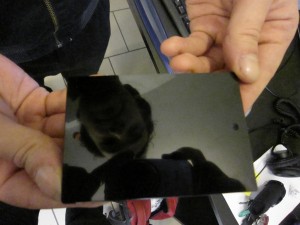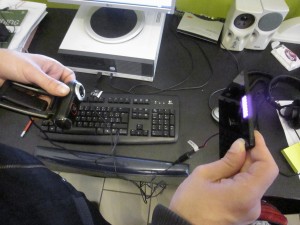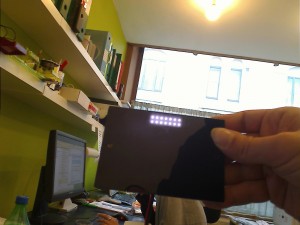Where: De Pianofabriek, Rue du Fortstraat 35, 1060 Brussels
When: From 7 May 13:00 to 8 May 19:00
Ellentriek is a series of workshops where artists can come and work together on their own artistic electronics projects. We work with themes. This Ellentriek has two threads happening simultaneously. You choose which thread you want to follow.
Thread one: Normally Ellentriek stays under 20 Volt – direct current. For once we will explore the dangerous zones of High Voltage. Under the watchful eye of our expert we will look at Kirlian Photography, Van de Graaff generators, anti-gravity lifters… So be sure to wear rubber boots and gloves for this edition, because everything we do will be mighty dangerous.
Thread two: You can come and work on your own artistic projects with basic electronics and a little bit beyond. We have all kinds of tools for electronics, a nice collection of sensors, Arduino’s and collective brainpower.
Practical: If you want to come and have a look – you are welcome. If you already work with high voltage and you want to demonstrate your projects, contact us. Enrolling is advised. Please send an email to Wendy:
wendy [attt] constantvzw.org
If you have specific questions/needs with regard to your project, please let us know so we can collaborate more efficiently. This workshop is free & multilingual.
This workshop is organized in collaboration with De Pianofabriek Kunstenwerkplaats.
To prepare, we (=G, K, C & M) have already built a Jacob’s ladder:










